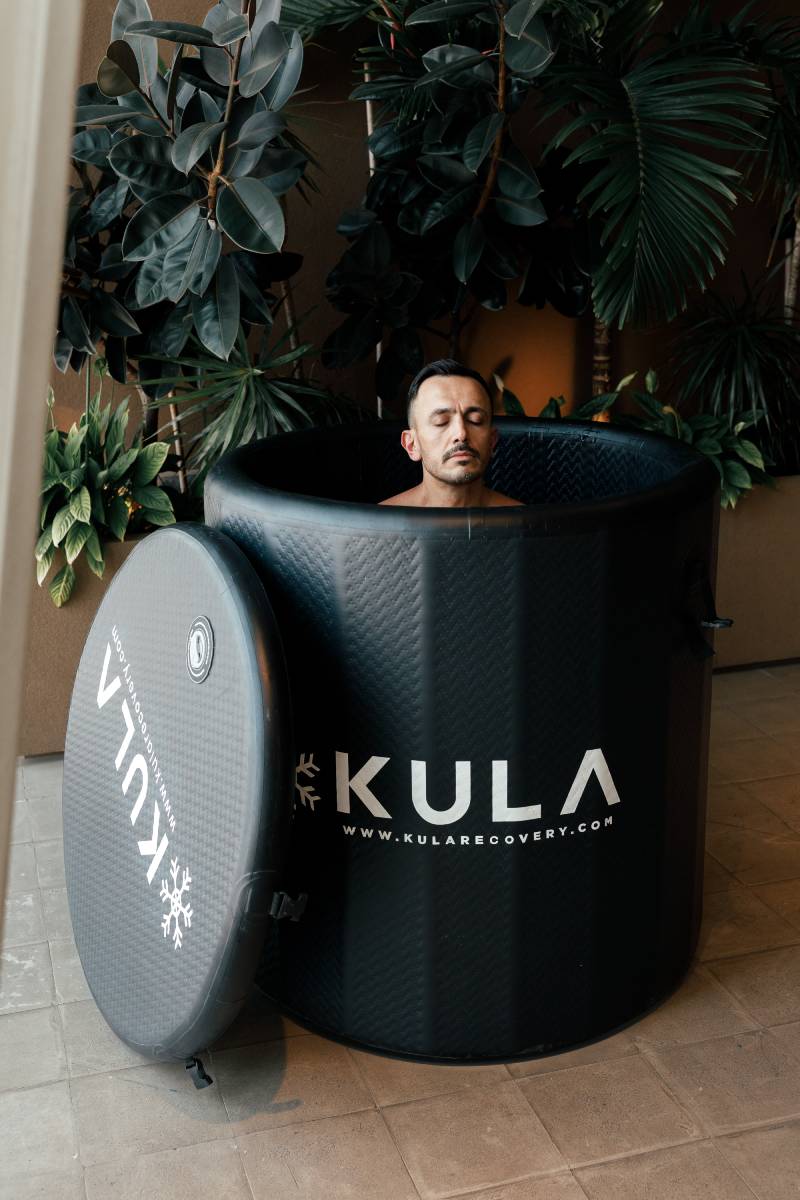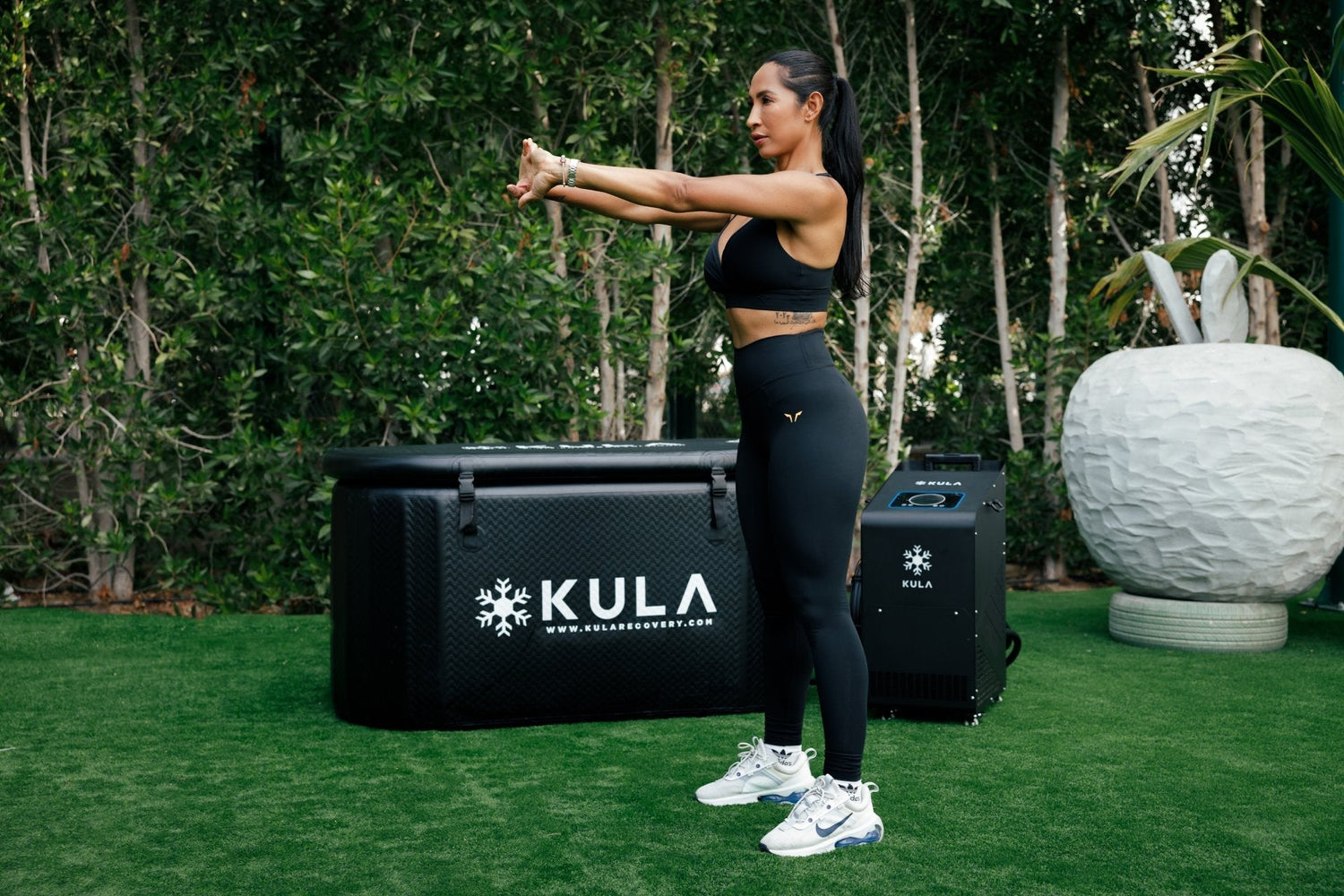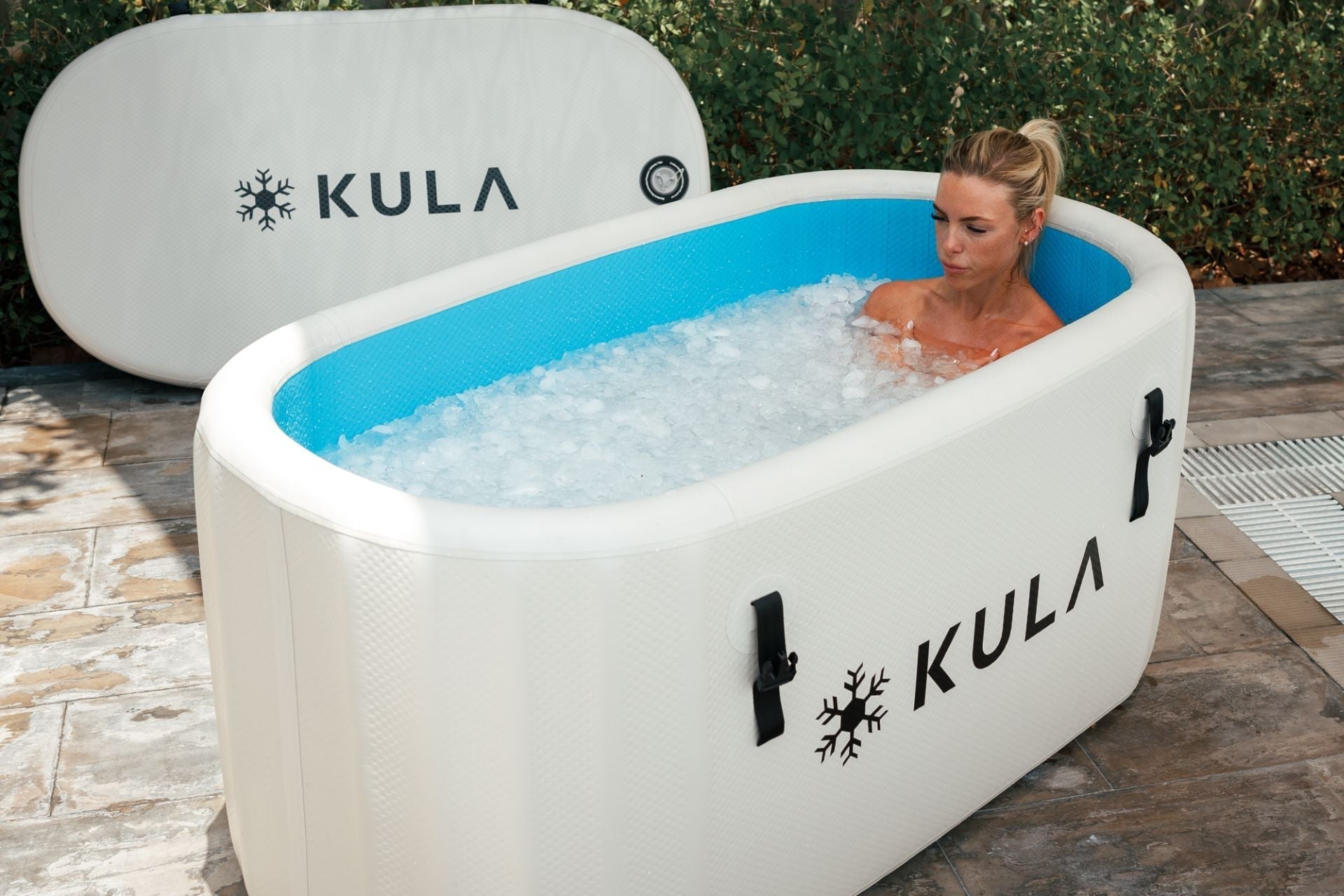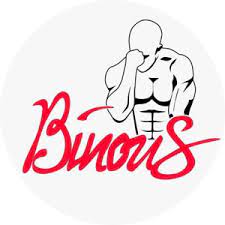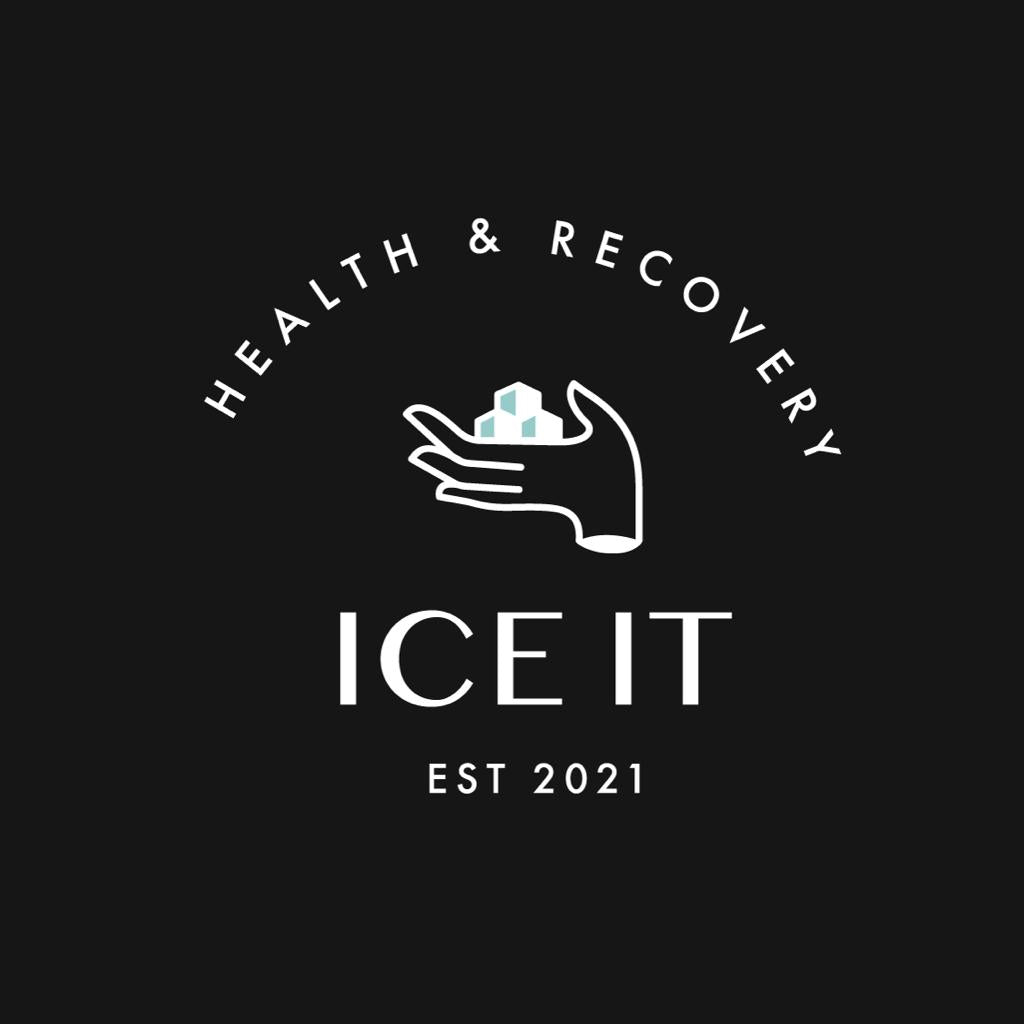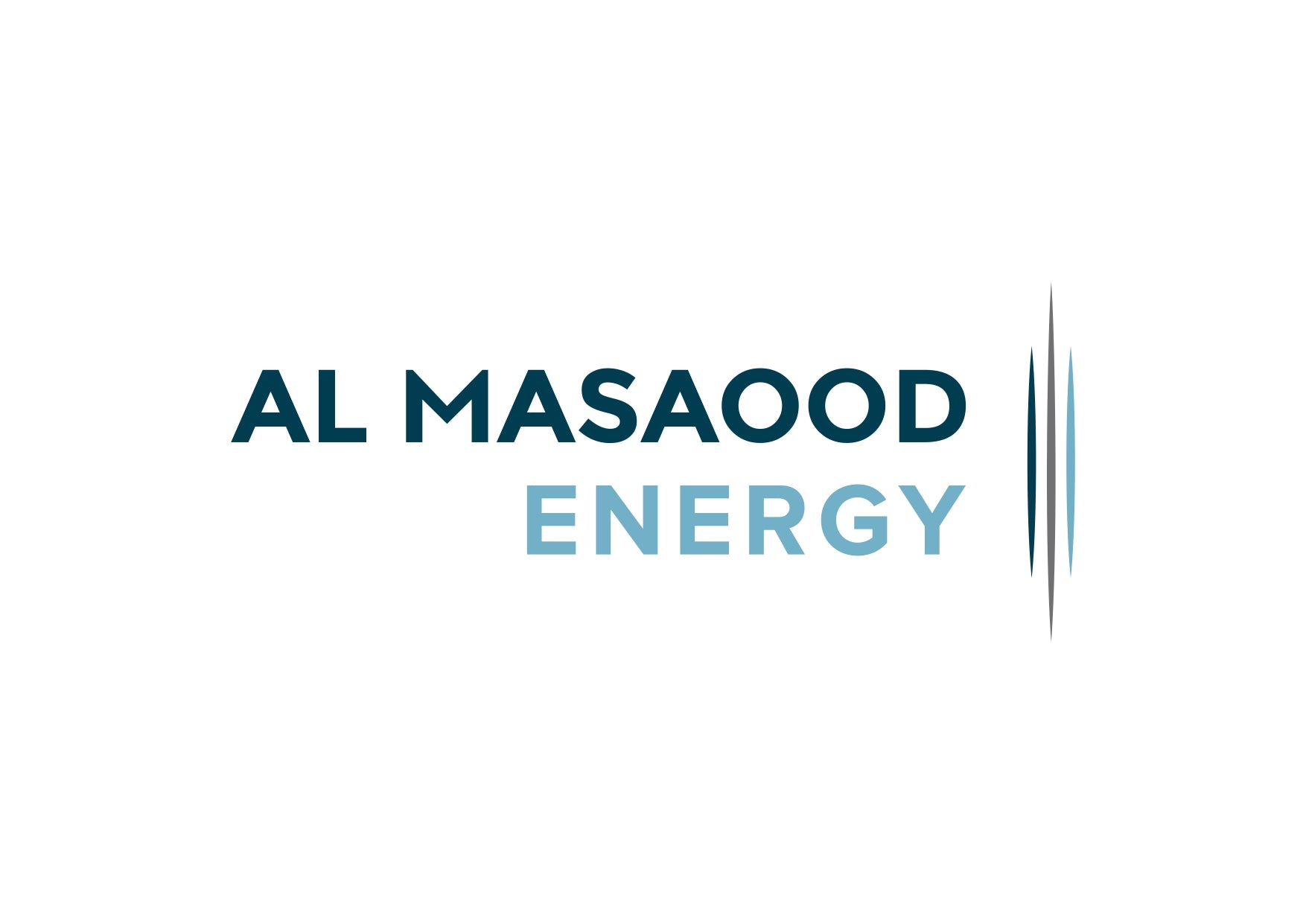You push hard during workouts; that's how you grow. But growth only happens when you recover right. One powerful tool you might be missing is cold plunge therapy.
Whether you're a seasoned athlete, a gym regular, or a coach helping others recover, cold water can do more than simply shock your system. When done right, cold therapy for athletes reduces soreness, cuts down recovery time, and helps you feel ready for the next session.
However, muscle recovery with ice baths isn't just for pros. It's for anyone who wants to stay strong and avoid burnout. This guide will show you how to use ice baths the right way.
Let's get started.
Cold Plunge Timing: When Should You Take an Ice Bath After a Workout?
Ever wondered when to take an ice bath for the best results? Whether you're lifting weights or running a marathon, the right moment to take an ice bath can make or break your post-exercise recovery. Let's start with the most obvious question:
Immediate Post-Workout Cold Plunges: When It Helps & When It Doesn't
Jumping into ice baths right after training can cut down muscle soreness and help you feel fresh fast. But there's a catch. For some workouts, it may also reduce the signals your body uses to build strength. It's not one-size-fits-all.

Here's a breakdown of the best time for cold plunge for some common workouts:
1. Strength Training:
If you're lifting weights to build muscle, hold off on cold plunge therapy. Your body starts a natural process to repair and grow muscle fibers right after strength training, but taking a cold plunge too soon can slow that down.
Wait at least four to six hours before getting into an ice bath. That gives your body time to kick off the muscle-building process before cooling things down.
2. Cardio and HIIT:
Cardio and high-intensity interval training offers unique benefits. Only six months of consistent HIIT can help improve your physical and cognitive health. However, these workouts are often tiring, and your body needs to recover properly to uncover the benefits.
That's where a quick cold plunge therapy session right after the workout can help. It lowers your heart rate, reduces inflammation, and speeds up recovery. Since you're not trying to bulk up, you won't lose progress by jumping in early. This makes ice baths a great fit after sprints, cycling, or intense treadmill runs.
3. Endurance Sports (Marathons, Cycling, Swimming):
For long-distance athletes, cooling off fast is critical. A cold plunge within 30 minutes of finishing helps reduce muscle swelling and soreness.
After pushing your body for hours, your muscles need help flushing out waste. That's where cold plunge therapy benefits kick in. For marathon runners and cyclists in the UAE heat, this can be a game-changer.
4. CrossFit and Functional Training
With full-body workouts and short rest times, CrossFit leaves your muscles screaming. An ice bath post-session helps calm down inflammation and gets your body ready for the next WOD. Best time? Within an hour of finishing, especially if your next session is the next day.
5. Team Sports (Football, Rugby, Basketball)
These games demand strength, stamina, and agility. A quick ice bath after a match helps lower body temperature, reduce swelling, and promote faster post-exercise recovery. Coaches often recommend ice baths within 60 minutes of a game or training session to keep players in top shape.
6. Combat Sports (Boxing, MMA, Jiu-Jitsu)
In combat sports, you take hits, grapple, and push physical limits. That's tough on the body. Taking an ice bath right after sparring or a match helps reduce bruising, swelling, and joint pain. It's one of the best cold plunge therapy benefits for combat athletes. So, aim to plunge within 30-60 minutes post-training.
Don't Ignore the 6-Hour Rule If You Want to Build Muscles
If you want to build muscles, time your cold plunge therapy sessions. Your body needs a few hours after training to repair muscles because that's when growth hormones like testosterone start to act.
Jumping into an ice bath too soon might cool down this process and slow muscle building. That's why experts recommend waiting around six hours before plunging. This gap lets your body trigger its natural repair mode.
Once that's set in motion, the cold can help reduce muscle soreness without stopping progress. So, if you're lifting heavy or training for gains, be patient. Remember, cold plunge therapy works better when timed right.
The Best Cold Plunge Routine for Post-Workout Muscle Recovery
Now that you know when you can take an ice bath, you should know how to take it. A solid cold plunge routine can help reduce soreness, speed up healing, and get your body ready for the next session. This is what a typical routine looks like:

Step 1: Set the Right Water Temperature (Best range: 10–15°C / 50–59°F)
The water needs to be cold but not freezing for effective cold plunge therapy. The sweet spot is between 10°C and 15°C (50–59°F). If it's too cold, your body might go into shock. If it's too warm, you miss the cold plunge therapy benefits.
In other words, you need ice baths with precise temperature control. For instance, The Kula Alpha Chiller offers precise temperature control, letting you easily cool the water down to 3°C (37°F). It's Wi-Fi enabled and built for serious recovery setups, perfect for consistent cold plunge therapy sessions at home or in professional gyms.
The Super Chiller takes it further with advanced safety shut-off features and dual functionality: cooling and heating. It keeps your water clean with an Ozone system and gives you total control over your cold plunge routine without constant monitoring.
Step 2: Create Optimal Cold Plunge Duration (How Long Should You Stay in?)
If you stay in an ice bath for recovery for too short, you miss the benefits. Staying in too long can stress your body. For most people, two to five minutes is perfect. If you are a beginner, start with one to two minutes and work your way up slowly.
If you're used to cold therapy, you can push toward the six to eight-minute mark. Just remember, cold doesn't mean jumping into frosty water. Stick to what feels tough but doable for your body.
Step 3: Use Proper Breathing Techniques (How to Relax and Control Your Response?)
The cold hits fast, and your body will panic if you let it. Controlled breathing is a perfect way to avoid this from happening and make any cold plunge routine more enjoyable.
Take slow, deep breaths to calm your nervous system. In through your nose, out through your mouth. Focus on relaxing your shoulders and staying still. You can also try the Wim Hof method, which explains three key aspects of ice baths: the cold, breathing technique, and mindset.
Step 4: Adjust Your Routine Based on Workout Intensity
Not all workouts are the same, and neither should your muscle repair protocol. After light cardio or mobility work, a quick two-minute plunge might be enough. For high-intensity strength training or long endurance sessions, you may need a longer plunge, closer to five to six minutes.
Pay attention to how your body feels. Adjust your cold plunge therapy based on how sore or tired you are. The goal is to support recovery, not shock your body.
Step 5: What to Do Immediately After a Cold Plunge
Once you're out of the ice bath, don't rush into a hot shower. Let your body warm up naturally. Use a towel or bathrobe and move around slowly. Gentle stretches, walking, or sipping warm water helps restore blood flow. This part of your cold plunge routine is just as important as the bath itself.
Customize Your Cold Plunge Routine Based on Your Workout
As mentioned, your cold plunge therapy routine should be based on your workout. It depends on what you do, be it strength training, sprinting, or playing team sports.

Here's how:
1. For Strength Training and Weightlifting
After heavy lifts, your muscles are inflamed and filled with micro-tears. Jumping into an ice bath after weightlifting can help reduce swelling, but you must time it right.
Wait about four to six hours before plunging to let your body kickstart the muscle repair process. Then, take an ice bath for about three to five minutes at 10–15°C. This combo helps you build strength while still getting the recovery perks.
2. For HIIT and Functional Training
High-intensity workouts exhaust your muscles and nervous system. That means a cold plunge for HIIT recovery should happen right after your session. The goal is to cool down inflammation fast, flush out lactic acid, and reset your system.
A two-to-four-minute ice bath at 10–12°C works great here. It'll help you bounce back quicker and get you ready for your next session with less fatigue.
3. For Endurance Training
Long runs or swims stress your whole body. That's why cold therapy for endurance athletes should start within thirty minutes of the activity to limit inflammation and promote blood circulation.
Stay in the ice bath for five to seven minutes at 10–15°C. This helps your legs recover faster, cuts muscle fatigue, and keeps your stamina up for the next long push.
4. For Team Sports (Football, Basketball, Soccer)
After games or intense training, cold plunge therapy helps reduce muscle trauma and prevent overuse injuries. A three-to-five-minute plunge at 10–13°C right after the session can help cool the body, reduce swelling, and get you game-ready again quickly. Regular ice baths can also help you recover faster between matches.
Post-Cold Plunge Recovery: What to Do After an Ice Bath for Best Results
When it comes to cold plunge therapy, recovery works in two steps: how long you stay in the ice bath and what you do after getting out. So, paying as much attention to what you do after the bath can help you get the most out of your post-cold plunge recovery.

1. Rewarming Techniques: Why gradual warming is essential
After cold plunge therapy, your core body temperature drops, and you may feel chilled for a while. But don't rush to jump into a hot shower. Instead, warm up slowly.
Wrap yourself in a thick towel or robe, sip on something warm, and start moving. Gentle walking or light indoor movement helps bring your body temperature back up safely.
Gradual rewarming after an ice bath prevents sudden blood pressure spikes and helps your system return to balance without stress.
2. Hydration and Electrolyte Replenishment: Avoiding Dehydration After a Plunge
Even though you aren't sweating in the cold, your body still loses fluids during cold plunge therapy. So, rehydrating it should be your priority.
Drink water right after your plunge, and if you have an intense workout, add electrolytes. Coconut water, electrolyte drinks, or a pinch of sea salt in warm water can help.
This supports better blood circulation and energy restoration, both critical cold plunge therapy benefits that keep your recovery on track.
3. Stretching and Mobility Work: Best Post-Plunge Recovery Stretches
Now that inflammation is reduced, it's a great time to stretch your body. Try forward bends, hip openers, or hamstring stretches. These help loosen tight muscles and improve your range of motion. Think of it as a bonus round that helps you stay limber and prevents injury after training.
4. Nutrition for Muscle Recovery: What to Eat After a Cold Plunge?
Fuel your body right to support healing. Eat after your ice bath because your body is in repair mode. Go for protein-rich meals like eggs, grilled chicken, or a recovery shake with protein and carbs.
Add anti-inflammatory foods like berries, leafy greens, or turmeric. This combo probably offers the best nutrition for muscle repair, especially after cold plunge therapy.
Avoid These Cold Plunge Mistakes at All Costs
One small mistake can affect the benefits or even put your health at risk. If you're serious about recovery, here's what you should not do during your ice baths.

1. Go Too Cold Too Fast
Dropping the water to freezing levels sounds hardcore, but it's not smart. Water at 0°C is way too cold for most people and can shock your system. For muscle recovery, the ideal range is 10–15°C. Anything colder raises ice bath risks like dizziness, numbness, or even fainting.
2. Stay in Too Long
How long should your cold plunge last?
It's tempting to stay in longer, thinking it'll help more, but pushing past your limit does more harm than good. The sweet spot is around two-to-seven minutes, depending on your experience and the intensity of your workout.
Going past ten minutes can increase your risk of hypothermia and stress your nervous system. The bottom line is: always listen to your body, not your ego.
3. Skip Post-Plunge Hydration and Rewarming
You just got out of the bath and feel amazing, but the work isn't done. Skipping rehydration and rewarming after an ice bath cuts your recovery short.
Cold exposure can mess with your fluid balance, so drink water or a low-sugar electrolyte drink. Warm up gradually with light movement or a towel wrap to help blood flow return to normal. Don't skip this step.
4. Use Cold Therapy Incorrectly for Strength Training
Here's one of the biggest cold plunge mistakes—plunging right after lifting heavy. If you're training for muscle growth, wait four-to-six hours before doing an ice bath. Jumping in too early may cool down the body before the muscle-building process kicks in. Give your body time to repair before you reduce inflammation. That way, you still get the gains and the recovery.
5. Plunge Without a Plan
Random plunges won't give you consistent results. Treat cold plunge therapy like any other part of your fitness routine. Know when to plunge, how long to stay in, and what your goals are. Without a plan, you're just sitting in cold water with no direction. That's not ideal.
6. Not Controlling Your Breathing
If your breathing is all over the place, your body will panic. Controlled breathwork is key to managing the shock of ice baths. Deep, slow breaths calm your system, lower your heart rate, and help you stay in longer without stress. Shallow or panicked breathing ruins the experience and makes the cold harder to handle. Master your breath because it's your best recovery tool.
Advanced Recovery Strategies: Combine Cold Plunges with Other Methods
If you want to take your muscle recovery to the next level, you don't have to stop at cold plunge therapy. Pairing cold therapy with other proven recovery tools can boost your results, help you recover faster, and keep your body running at peak performance.

Some other recovery methods you can use are:
1. Contrast Therapy: Hot & Cold Method for Improved Circulation
Contrast therapy for athletes involves moving between a cold plunge and a sauna or warm bath. The cold causes your blood vessels to tighten, and the heat makes them expand.
This back-and-forth action improves blood circulation, flushes out waste, and helps muscles get fresh oxygen fast. Many athletes do one-to-two minutes in the cold, followed by two-to-three minutes in the heat. Repeat the cycle for about fifteen minutes.
If you're using cold plunge and sauna together, start and finish with cold for the best results. This combo works especially well after heavy workouts, sports matches, or long endurance sessions.
2. Compression Therapy: When to Combine Ice Baths with Compression Boots
Compression therapy helps squeeze out waste and improve blood flow in your legs. Using compression boots after an ice bath can increase the benefits of cold plunge therapy even more.
Here's how to make it work:
First, take your usual ice bath session to reduce inflammation. After rewarming, put on the boots and let them apply steady pressure to your legs for twenty to thirty minutes.
This combo works great for runners, CrossFit athletes, and anyone with sore legs or feet. It helps reduce swelling, prevent Delayed Onset Muscle Soreness (DOMS), and bring nutrients back to your tired muscles. Make sure you're fully warm before using compression to avoid stiffness or chills.
3. Sleep and Recovery: How Cold Therapy Improves Sleep for Muscle Repair
Good sleep is where the real recovery happens. Cold plunge therapy can help you sleep better by calming your nervous system. The cold lowers your core temperature, signals your body to slow down, and helps you shift into deep sleep mode.
If you plunge in the evening, at least one hour before bed, you may notice better rest, reduced stress, and more energy in the morning. Sleeping for seven to nine hours, as recommended by experts, boosts hormones like growth hormone and testosterone, both vital for rebuilding tissue and improving strength.
4. Supplements That Enhance Recovery: Creatine, Magnesium, Omega-3s
The right supplements can speed up your recovery and boost the benefits of cold plunge therapy in the long run. For example:
-
Creatine helps restore energy in your muscles after workouts and can reduce soreness.
-
Magnesium supports muscle relaxation, reduces cramps, and improves sleep quality.
-
Omega-3s are found in fish oil and help fight inflammation and support joint health.
These are some of the best recovery supplements to include in your daily routine. Take creatine after workouts, magnesium before bed, and omega-3s with meals. Combine these with cold plunge therapy for a solid, all-around recovery system.
However, check with a certified nutritionist or healthcare provider to ensure they're helping your recovery routine.
FAQs: Your Cold Plunge Routine Questions Answered
We know you may still have questions about cold plunge therapy. Before we wrap things up, let's answer a few questions to help you start or fine-tune your routine.
1. Should I Take an Ice Bath Every Day After Workouts?
Not necessarily. For most people, three to four sessions a week are enough. If you're doing high-intensity training daily, spacing your cold plunge therapy sessions helps your body recover without overdoing it. Listen to your body and adjust your frequency accordingly.
2. How Long Should My Cold Plunge Last for Muscle Recovery?
The best ice bath duration is between three-to-seven minutes. Beginners can start with two minutes and slowly build up their routine. Just remember that going longer doesn't always mean better. Stay consistent, and always focus on your recovery.
3. What's The Ideal Temperature for Post-Workout Recovery?
Stick to 10–15°C / 50–59°F. Maintaining this ice bath temperature for muscle recovery gives you all the benefits, like reduced soreness and faster healing, without stressing your body too much.
4. Can Cold Plunges Improve Athletic Performance?
One of the key cold plunge therapy benefits is that it helps you train more often with less soreness. Regular plunges help reduce fatigue, support faster recovery, and keep your body ready for peak performance.
5. Is It Okay to Cold Plunge Right After Lifting Weights?
If you're lifting to gain strength or muscle, it's better to wait four to six hours before using cold plunge therapy. Jumping in too soon can reduce the body's natural growth response. Time it right to keep your gains and recover better.
6. Do I Need Special Equipment for A Good Cold Plunge Routine?
It helps to have a cold plunge with precise temperature control. You can use something as simple as Oval Plunge Pro or Barrel Plunge Pro if you're on a budget. But, if you want better results, it's best to invest in an advanced setup like Performance Pro Cold Plunge.
The latter comes with precise temperature control, water filtration, and Wi-Fi-enabled smart controls. Investing in a setup like this means better results and fewer hassles than DIY tubs or ice packs.
7. What Should I Do After an Ice Bath?
Focus on post-cold plunge recovery. Rewarm slowly, hydrate, and stretch. These steps help your body bounce back stronger and lock in the full benefit of the session.
Upgrade Your Recovery with Kula Recovery
You train hard, and your post-workout recovery should match that effort. Cold plunge therapy is one of the best ways to help your body bounce back faster, reduce soreness, and stay ready for your next session.
Kula Recovery stands with you in this journey. We're a leading supplier of ice baths, ranging from simple to premium, all built for better results. Our products are designed with advanced cooling tech and are perfect for anyone ready to unlock the real cold plunge therapy benefits.
If you want to push your limits, do it with the right equipment. Explore our ice baths now to optimize your post-workout routine. For questions or help, please reach out to our friendly team. We're always happy to help.

